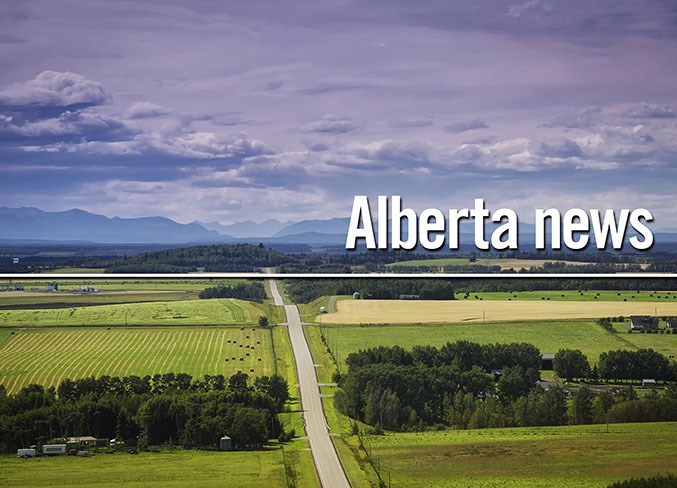Albertans are continuing to move to big-city centres while smaller rural communities are suffering from population shrinkage and stagnation, according to Canadian census data released this month by Statistics Canada.
Local experts say this is a continuation of the urbanization the province has been seeing for years.
While Albertans and Canadians are flocking to cities, rural communities are shrinking or stagnating, said Sandeep Agrawal, professor and director of the School of Urban and Regional Planning at the University of Alberta.
“The census tells a tale of two Albertas. You essentially have two phenomena occurring in the province,” said Agrawal.
“You have high-growth communities coupled with urbanization and the shrinkage of population happening in many of the rural counties. And these two phenomena are working at the same time,” Agrawal said.
“Not only [are] the two cities growing, but also the bedroom communities around them and at the expense of the rural counties,” Agrawal said.
While these communities just outside of Edmonton and Calgary are growing quickly, rural counties, specifically in northern Alberta, are shrinking rapidly.
Athabasca County shrank the most from 2016 to 2021, with a population decline of 11.6 per cent, with Lac la Biche County in second place with a decline of 7.9 per cent. Brazeau County is shrinking at a pace of 7.6 per cent, while Barrhead County is declining at a rate of 6.5 per cent. The municipal district of Greenview is shrinking at a rate of 6.2 per cent.
In Alberta, the five fastest-growing communities between 2016 and 2021 were Cochrane (24.5 per cent), Airdrie (20.3 per cent), Beaumont (19.7 per cent), Mackenzie County (14.6 per cent) and Canmore (14.3 per cent).
As cities grow, they face challenges with planning for this growth and must battle urban sprawl, said Agrawal.
“Urban sprawl has an environmental impact. It has a serious impact on our prime agricultural land that surrounds us and it has a serious impact on a municipality financially,” Agrawal said.
Cities need to grow responsibly, and not spread out to eat up prime agricultural land in favour of more development, Agrawal said.
It is expensive to continue to grow out, Agrawal said, with new subdivisions needing to be serviced, which costs money.
And the more spread out a city is, the more people must rely on cars, which burn fossil fuels, to travel.
One of the reasons for this continued shift in moving to urban areas is the change in the economy, said Agrawal, as it has shifted to become more service-oriented, and that economic growth is happening in cities.
The other reason for the shift is that Canada's and Alberta’s growth is not due to an increase in birth rates, but rather from immigration, said Agrawal, and those newcomers are much more likely to settle in big urban centres rather than rural communities.
As a country, Canada continues to grow faster than most industrialized nations, said Kevin McQuillan, an expert in demography at the University of Calgary School of Public Policy.
McQuillan said the country still favours immigration to support population growth, but many of those immigrants are settling in large cities.
“That exacerbates the difference between a small number of big cities in Canada, which take in a large proportion of the immigrants, and then the rest of the communities in the country, who are really now feeling the long-term effects of both low birth rates … and the tendency of young people in a lot of smaller communities to drift to the cities,” McQuillan said.
While newcomers and young people move to cities, it leaves an aging population in rural communities with shrinking populations.
“When you see that kind of decline, it's inevitably associated with population aging,” McQuillan said.
The decline leaves rural communities struggling to offer services, such as health care or leadership, McQuillan said, adding aging and shrinking populations create further difficulties for communities in attracting business, which then drives more people out of smaller centres.
The exit by many from rural counties and communities isn’t good news for the overall economy, said McQuillan, with few workers left in agriculture, one of the most essential sectors of the economy.
“We know in Canada we are very dependent on migrant farm workers,” McQuillan said.
It is also tough to attract people to rural communities permanently to work in the energy sector, too, McQuillan said, with many people transplanting to a rural community temporarily for a short-term job opportunity, then returning to the city.
Census data was released on Feb. 9 — the first in many data releases from the 2021 census. The next release will be on April 27 and is set to include age, sex, and dwelling data from across Canada.




